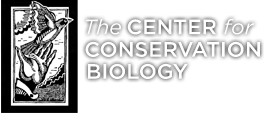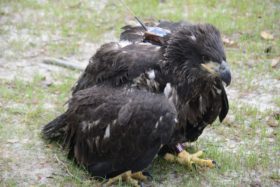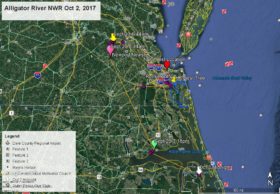Down and Thermal System
Azalea Still on the Move
March 18, 2010Azalea Flies West to Bertie County, NC
March 18, 2010
In our world of animals, only birds grow feathers. Most birds are hatched with feathers called down, also known as plumulaceous. That is what we see on these eaglets. The first coat of down is very soft and fluffy but thin. They are in the process now of growing a second coat of down that will be denser and a darker shade of grey. The principal purpose of down is to provide insulation from cold. These eaglets were born without a thermal system, but that is also being developed right now. You have likely noticed that their parents have them in a small pocket of pine straw, which makes it easier to keep the eaglets warm. As the second coat of down grows in and their thermal system develops the eaglets will gain more freedom to move about the nest, and less need for their parents to keep them warm.




2 Comments
They are fascinating to watch. But I have noticed that these eaglets seems to “fight” a lot and the first one is only a week old! Is this a case of one already trying to be dominant and will this possibly result in injury to the others?
Margy – What we are seeing is normal. A lot of it is not aggression, but they just do not have much muscle control at this young age.